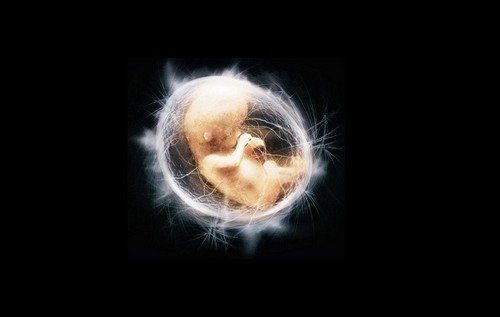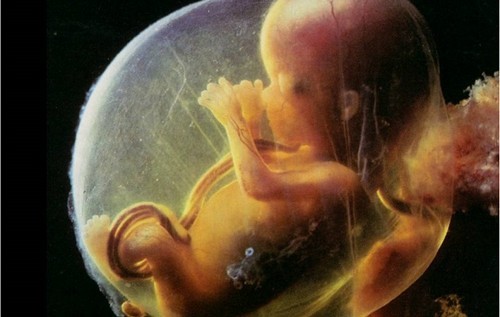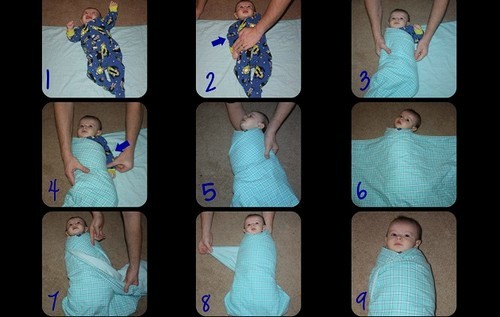The placenta is a unique organ that forms during pregnancy and ensures its successful dynamics. Another most common and exact name is a child’s place. It is here that the fetus lives and develops. With the placenta, it is connected by the umbilical cord, a cord-shaped formation, through which a direct connection with the mother’s body is carried out.
The birth of the placenta
As soon as the fact of conception occurred, the female body begins to produce enzymes. They form a cavity in the walls of the uterus, where the fertilized egg enters. This becomes the first step in the formation of a child’s place. Initially, it develops much faster than the fetus.
About the finished formation of placental tissue can be said by the 16th week. And after a few weeks, the placenta is actively embarking on its duties. However, she reaches final maturity by 38 to 40 weeks of pregnancy.

Functions
The placenta takes on the function of the lungs, delivering oxygen to the embryo and transporting carbon dioxide in the opposite direction.
Nutrition of the fetus, as well as the withdrawal of its metabolic products, is carried out through the tissues of the child’s place. Nutrients come here in a purified, concentrated form. Therefore, pregnant women are recommended a good diet rich in vitamins and minerals.
The placenta performs a powerful protective function of the fetal immune system by passing maternal antibodies through itself. But, thanks to the perfection of its structure, it does not allow rejection of the fetus, as a foreign body, by the immune cells of the mother.
However, this body is helpless in the face of the destructive effects of alcohol, nicotine, drugs and drugs, as well as a number of viruses.
Hormonal function stimulates the production of lactogen and prolactin, guaranteeing further the presence of lactation. Placental tissue has the ability to secrete many hormones, such as serotonin, relaxin, testosterone and others. She plays the role of a kind of endocrine gland. An uninterrupted supply of hormones creates the conditions for the normal development of the embryo.
Structure
The placenta is a disk-shaped form with a diameter of approximately 20 cm and weighing a little over 500 grams. It is divided into maternal and fetal parts. The maternal one has a rough surface, and the fruit one is penetrated by countless vessels. It is covered with many chorionic villi.

Location
The structure of the child’s place and its position is extremely important. Normally, the placenta attaches to the mucous membrane of one of the walls of the uterus. Regular ultrasound examinations will help to identify pathology in a timely manner.
Possible deviations
The proximity of the placenta to the cervix is called presentation. If this occurs at the beginning of the gestation process, then there is no reason for concern. The main thing is to refrain from actions that can cause bleeding (hot baths, sauna, sex).
And in the later stages of pregnancy, a medical decision is made depending on the degree of overlap of the pharynx. With full presentation, a caesarean section is performed.
Presentation may be accompanied by placental abruption.
In addition, one of the possible deviations from the norm may be an increment. The child’s place is attached to the uterus with villi, which causes easy detachment of the placenta after childbirth. The increment is abnormal, but it is impossible to detect it before the onset of labor. To avoid this complication during pregnancy, exercise and intense sexual activity are not recommended.
Late maturation of the placenta is considered a problem that deserves attention. Reduced sizes do not allow the child’s place to cope with the full range of their duties. The reasons for this may be genetic disorders, or serious illnesses leading to premature aging of the placenta.
Thickness
An essential medical criterion is the thickness of the placenta. Mature placental tissue has a thickness of about 3 mm. But with its early maturity, this indicator changes.
Refined placenta is a consequence of late toxicosis, the threat of miscarriage and fetal malnutrition. Thickening is observed in some diseases, for example, diabetes mellitus.
Afterbirth
A child’s place in conjunction with the fetal membranes and the umbilical cord is the last. After childbirth, the doctor carefully examines his condition and integrity. The postpartum placenta dilemma was resolved already in the 30s of the last century. Pharmacology makes extensive use of its valuable properties.
In recent decades, stem cells, which are stored in special banks, are obtained from a healthy placenta and cord blood. Scientists recognize that placenta drugs have a great future. They are used not only in the treatment of serious diseases, but also in cosmetology.



